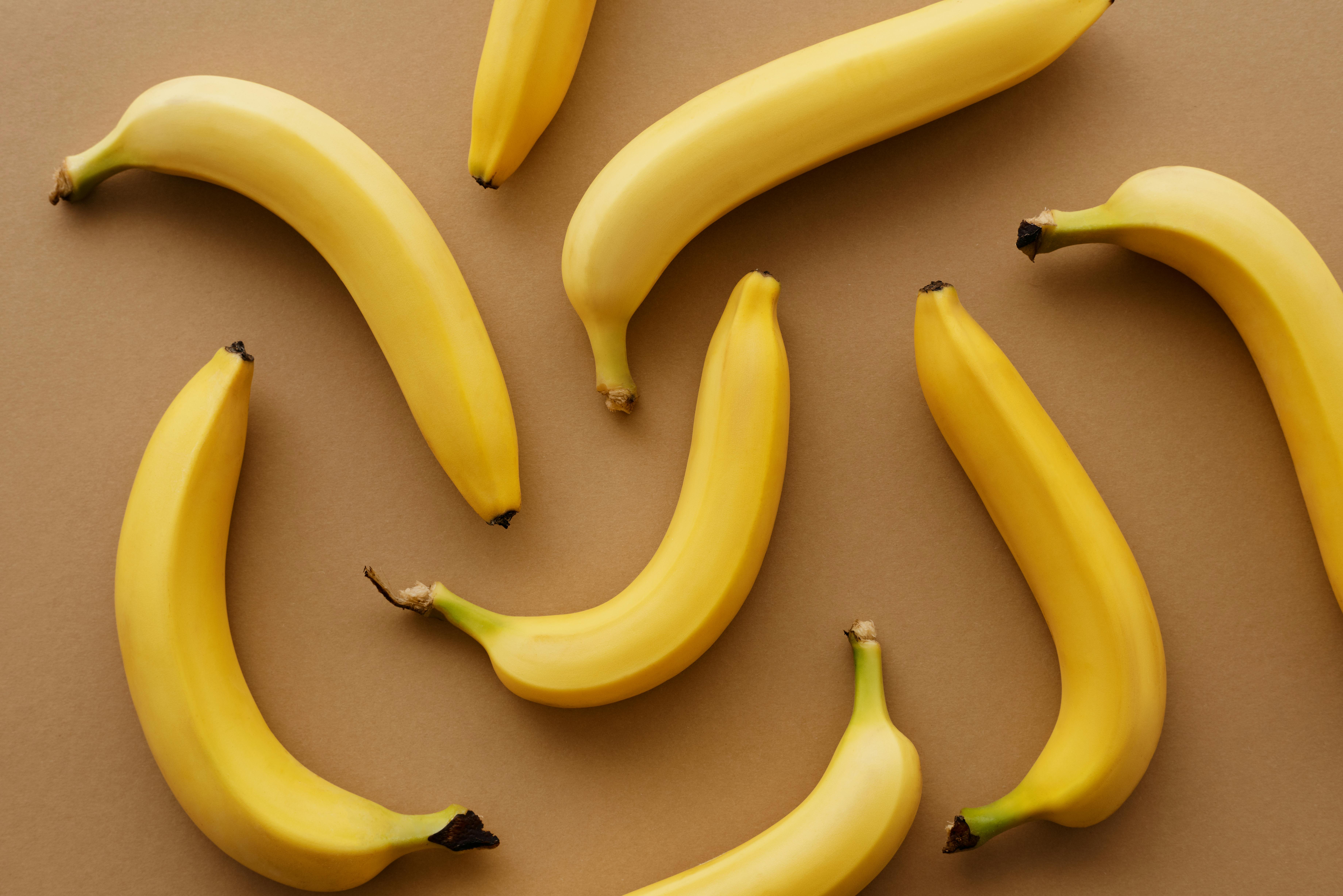Having a set of healthy teeth is important for maintaining good oral hygiene and overall health. However, when it comes to the color of your teeth, it’s not always easy to know whether or not they are healthy. Many people may wonder if yellow teeth indicate that their dental health is in good shape. This article looks at whether yellow teeth mean healthy or unhealthy and provides tips on how to care for your teeth.No, yellow teeth do not mean healthy. While it is true that some foods and drinks can cause teeth to become discolored or stained, yellow teeth typically indicate poor oral hygiene and a lack of proper dental care. Poor brushing, flossing, and/or regular dental checkups can lead to plaque build-up and cavities, which can cause teeth to appear yellow in color.
Poor Dietary Habits and Yellow Teeth
Poor dietary habits can lead to yellow teeth. Eating too many sugary and acidic foods can weaken tooth enamel, making it more susceptible to staining from food, drinks, and other substances. Additionally, poor oral hygiene habits such as not brushing and flossing regularly can also lead to yellow teeth.
It is important to maintain a healthy diet in order to keep your teeth strong and white. Eating plenty of fruits and vegetables can help protect tooth enamel from acid erosion due to their high water content. Additionally, dairy products like milk and yogurt are great sources of calcium which helps to strengthen teeth. Cutting back on sugary snacks and drinks can also help prevent staining.
Good oral hygiene habits are also essential for maintaining healthy teeth. Brushing twice daily with a fluoride toothpaste and flossing once daily helps remove plaque buildup that can cause discoloration. Additionally, visiting the dentist regularly for cleanings is important for removing any build-up that has accumulated over time.
Overall, poor dietary habits and inadequate oral hygiene can lead to yellow teeth. Eating a healthy diet full of fruits and vegetables as well as practicing good oral hygiene habits such as brushing twice daily with fluoride toothpaste can help protect against staining and keep your smile bright and white.
Can Brushing and Flossing Help Reduce Yellow Teeth?
Brushing and flossing are two of the most important steps when it comes to maintaining good oral hygiene. While these routines can help to reduce plaque buildup, they can also help to reduce yellow teeth. By removing bacteria-rich plaque from the surface of the teeth, brushing and flossing can help to reduce staining agents that cause discoloration. Additionally, regular brushing and flossing can help to remove surface stains caused by certain foods, drinks, and other lifestyle habits.
To get the most benefit from brushing and flossing, it is important to use proper technique. Using a soft-bristled toothbrush and fluoride toothpaste, brush in small circular motions for at least two minutes twice a day. Be sure to brush all surfaces of your teeth, including the back of your teeth and along your gum line. When flossing, use a gentle sawing motion on both sides of each tooth. Floss one tooth at a time until you have completed all of your teeth. Doing this routine twice a day will help reduce yellow teeth by removing food particles and bacteria which can lead to staining or discoloration over time.
In addition to brushing and flossing regularly, there are other things you can do to reduce yellow teeth. Avoid smoking or drinking highly pigmented beverages such as coffee or tea, as these substances can stain your teeth over time. If possible, try to limit sugary snacks as well as acidic beverages such as soda which can erode tooth enamel leading to discoloration. Finally, consider using an at-home whitening kit or visiting your dentist for professional whitening treatments if you are looking for more dramatic results.
Overall, brushing and flossing are excellent habits that everyone should be doing daily in order to maintain good oral health. In addition to helping reduce yellow teeth by removing staining agents from the surface of the tooth enamel, regular brushing and flossing also helps prevent plaque buildup which is linked with cavities and other dental problems. With proper technique and care, these simple steps can go a long way in helping keep your smile looking its best!
How to Treat Yellow Teeth?
Yellow teeth can be treated in a few different ways. The first is by professional whitening treatments, such as laser whitening, which uses a bleaching agent to break down the stains on your teeth. Other treatments include veneers and crowns, which are placed over the affected tooth to restore its natural color. Additionally, over-the-counter whitening kits can be used to help lighten the shade of your teeth. However, these are not as effective as professional treatments and should only be used as a last resort.
It is also important to practice good oral hygiene habits to maintain white teeth. This includes brushing at least twice a day with fluoride-based toothpaste and flossing regularly. Avoiding foods that are high in sugar and acidity can also help keep your teeth looking brighter. Lastly, visiting the dentist every 6 months for regular cleanings will help ensure that plaque and tartar build up is kept at bay, which will keep your teeth from becoming discolored or stained.
How to Prevent Yellow Teeth?
The best way to prevent yellow teeth is by practicing good oral hygiene habits such as brushing twice a day with fluoride-based toothpaste and flossing regularly. Additionally, avoiding foods that are high in sugar and acidity can also help keep your teeth looking brighter. Visiting the dentist every 6 months for regular cleanings will also help ensure that plaque and tartar build up is kept at bay, which will keep your teeth from becoming discolored or stained.
It is also important to avoid cigarettes and other tobacco products as they can stain your teeth over time. Additionally, using a straw when drinking beverages such as tea or coffee can help minimize staining of the enamel on your teeth. Finally, using a whitening toothpaste or mouthwash regularly can help prevent yellowing of the teeth by removing surface stains caused by food or drinks.

Home Remedies For Yellow Teeth
Yellow teeth can be unsightly and embarrassing. Fortunately, there are a few home remedies that can help reduce the appearance of yellow teeth. One of the most effective home remedies is brushing your teeth twice a day with a whitening toothpaste. Whitening toothpastes contain ingredients such as hydrogen peroxide and baking soda that help to remove surface stains and make your teeth appear brighter. Flossing regularly can also help to remove plaque and tartar which can build up on the surface of the teeth, causing them to become discolored.
Another home remedy for yellow teeth is using an activated charcoal paste or powder. Activated charcoal has natural abrasive properties that can help to scrub away surface stains on the teeth, making them appear brighter and whiter. It is important to note that activated charcoal can be abrasive, so it should not be used too often as it could damage the enamel of your teeth.
Using a homemade apple cider vinegar rinse is another effective way to reduce yellowing of the teeth. Apple cider vinegar contains acetic acid which has natural bleaching properties that can help to remove surface stains from the teeth. To make a rinse, mix one part apple cider vinegar with two parts water and use it as a mouthwash after brushing your teeth.
Baking soda is another common ingredient used in many home remedies for whitening yellow teeth. Baking soda has natural abrasive properties that can help to scrub away surface stains on the teeth, making them appear brighter and whiter. To make a paste, simply mix one teaspoon of baking soda with two teaspoons of water until it forms a paste-like consistency. Then use a soft toothbrush or cloth to apply it directly onto your teeth and gently scrub for two minutes before rinsing thoroughly with water.
Finally, eating crunchy fruits and vegetables such as apples or carrots can also help to reduce staining on your teeth due to their natural abrasive properties. Eating these foods regularly will not only help whiten your yellowed teeth but also promote good oral hygiene overall by removing plaque deposits from between the teeth and gums.
Foods That Can Help Whiten The Teeth
It is possible to whiten teeth by eating certain foods. Foods that are high in fiber and calcium can help remove plaque and bacteria, which can lead to tooth whitening. Apples, carrots, celery, and popcorn are all good choices as they help scrub the surface of the teeth. Additionally, dairy products such as cheese and yogurt can also help protect against plaque buildup. Strawberries contain malic acid which naturally helps to remove stains from the teeth. Eating crunchy fruits and vegetables like apples and carrots can also help to exfoliate the teeth. Drinking plenty of water helps to rinse away food particles that may cause staining on the teeth. Lastly, consuming foods that are rich in antioxidants such as blueberries can also help keep your teeth healthy and white.
Overall, there are many foods that can help whiten your teeth naturally. Eating a variety of fruits and vegetables as well as dairy products like cheese and yogurt will help keep your smile looking its best. Additionally, drinking plenty of water following meals will help wash away any food particles that may cause staining on the teeth. Lastly, consuming foods rich in antioxidants such as blueberries helps protect against plaque buildup while keeping your smile looking bright and healthy.
Does Professional Whitening Help With Yellow Teeth?
Professional teeth whitening is an effective way to reduce discoloration and yellowing of the teeth. Professional whitening treatments use bleaching agents that are stronger than those available in over-the-counter products. These bleaching agents break down the molecules that cause tooth discoloration, allowing the teeth to return to their natural white color.
The most common professional whitening treatment is in-office bleaching. This procedure involves painting a bleaching gel on the teeth and then exposing them to a special light or laser. The bleaching gel and light work together to break down the molecules that cause discoloration, resulting in whiter teeth.
At-home whitening kits are also available from dentists. These kits include trays filled with a special bleaching gel and instructions on how to apply it. The trays are typically worn for a few hours every day for several weeks, depending on how much discoloration needs to be removed.
Professional whitening treatments can significantly reduce yellowing and discoloration of the teeth, allowing them to return closer to their natural color. However, it is important to note that these treatments do not provide permanent results; regular follow-up visits will be necessary in order to maintain the desired level of whiteness. Additionally, it is important to practice good oral hygiene habits in order to prevent further staining or yellowing of the teeth.

Conclusion
It is important to note that the color of your teeth is not an indication of their overall health. While it is true that yellow teeth can be a sign of a dental health issue, it does not necessarily mean that you are unhealthy. Many other factors can contribute to the color of your teeth, such as diet, lifestyle choices, and genetics. To maintain healthy teeth, it is important to practice good oral hygiene, including brushing and flossing regularly and visiting your dentist for regular checkups. Doing so will help ensure that your teeth stay healthy and white.
In conclusion, while yellow teeth can indicate a dental health issue, they do not necessarily mean that you are unhealthy. Maintaining good oral hygiene habits combined with regular visits to the dentist will help you keep your teeth healthy and white.
